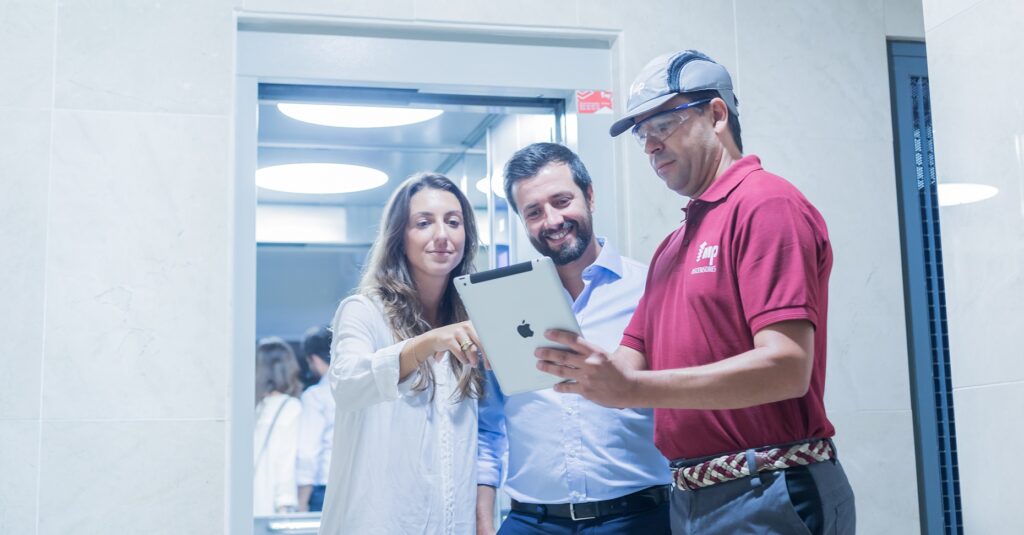“Lifts, like other electronic devices designed to improve people’s lives, depend on the Internet of Things”
The Global Elevator Exhibition of Milan publishes an interview with Rafael Foncueva, Product Manager at MP Lifts.
What role will smart lifts play for the IoT ecosystem in building smart buildings and cities? Thanks to which technologies and solutions?
“Elevators – explains Foncueva – like other electronic or electromechanical devices designed to improve people’s lives, depend on the Internet of Things. They are facilitating the creation of specific spaces and offering new functions.
The sphere of influence of the elevator includes residents of the building, technicians, owners or managers of the building and all the other people who occasionally use the service.
At the moment, the most developed services are aimed at elevator technicians, with the possibility to make use of monitoring systems with immediate alerts in case of failure, remote control and diagnostic tools, remote configuration services and even firmware updates of electronic equipment.

On the other hand, user services are less developed, although it is common to find screens in lifts offering a variety of information, as well as systems to call the lift from a mobile phone.
In the coming years, we will probably see the elevator as the core of IoT within the residential building, with the ability to provide services not only related to the elevator itself, but also to other devices in the building, such as entrance, garage, doors, air conditioning and lighting.
The connection to the entire network of elevators will provide valuable information for improving products and services, as well as establishing quality models based on comparative targets.
All these services are based on connecting the elevator to the Internet, either via the building’s Ethernet network or its own communication line. In Europe, where an emergency telephone is required by legislation, the phone line of the elevator can also be used as a data channel.
Nowadays the most widely used communication technology is 4G. Nevertheless, a widespread availability of 5G, with its much greater transmission capacity, will undoubtedly enable the development of new functions or a significant improvement of the existing ones”.


